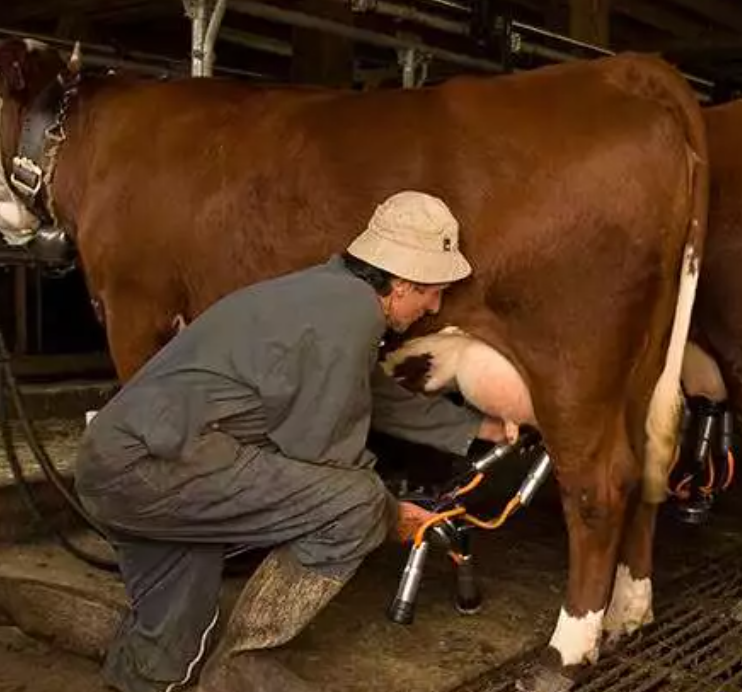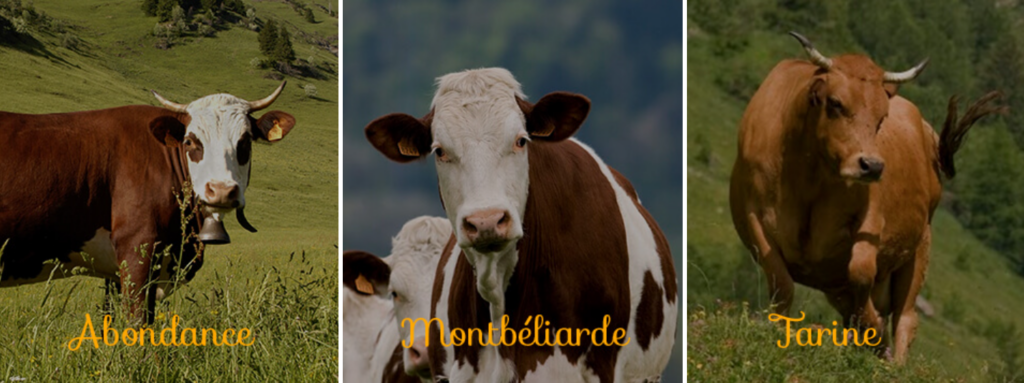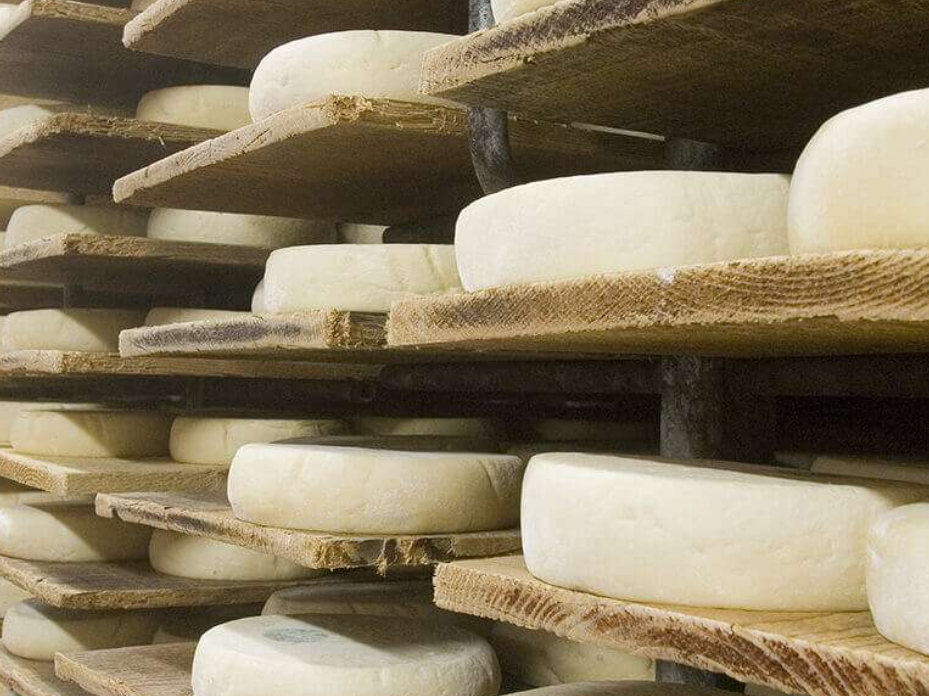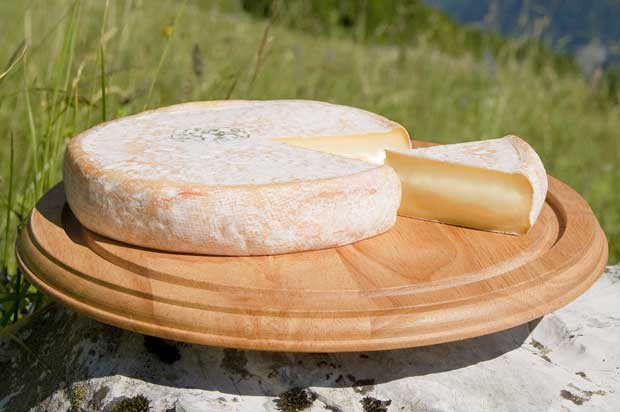If you’ve ever taken a ski holiday in France, you must have tried Tartiflette…and in that case you’ve tasted the magnificent ‘Reblochon de Savoie’.
Tartiflette is just one of the most famous meals that uses Reblochon, which is also used in salads and polenta. For a perfect tartiflette recipe, please scroll to the bottom of this page.

But what is Reblochon? Let’s take a closer look…
The History
‘Rebloche’ first appeared in the 13th century as farmers realised they could avoid paying as much tax by doing a second milking.
The tax was collected based on the number of churns of milk produced per day. So as soon as the local inspector checking the herd left, the farmer would move on to a second milking. That second milk was lower volume, but very rich in cream, ideal for making cheese.
Et voila…‘Rebloche’ means to “re-milk” the cow.

Appellation d’Origine Contrôlée
You may know that wines in France are often ‘Appellation Controle’ (e.g. real ‘Champagne’ can only come from the Champagne region etc) and 1958, Reblochon (also known as Reblochon de Savoie) has been recognised as such.
That means it can only be produced in the mountains of Haute Savoie and the Val d’Arly in Savoie.
Which cows are used for Reblochon?
There are only three breeds of cows that are authorised to produce Reblochon: Abondance, Montbeliarde and Tarine.
The 5,200 cows are fed mainly fed on grass in summer (for at least 150 days a year) and hay (from the allowed region) in winter.

How is Reblochon made?
Milking takes place twice a day. At the end of milking, rennet is added to the still warm milk and it forms a semi-solid ‘curd’.
The curd is cut into small pieces around the size of a grain of rice and added to mouldsm, with a label attached to identify the farm and batch number.
They are then pressed and drained overnight to remove excess whey, before being soaked in brine before being placed in a drier for about a week. During this time they are turned each day and then stored in a cellar.
The minimum ripening time is 18 days, which can increase to 35-40 days for farm-produced Reblochon.

What does Reblochon look like?
The rind of the cheese is thin and orange-yellow. The cheese itself is soft and creamy, white to ivory in colour. Its taste is also creamy with a slight hazelnut flavour.
It’s always delivered as a flat cylinder 13-14 cm in diameter and approximately 3.5 cm thick. A full cheese weighs between 450 and 550g.

The Ultimate Tartiflette Recipe
25 minutes preparation, 20 minutes cooking
Ingredients (serves 4)
- 1 Reblochon
- 1kg potatoes, such as Roseval or Belle de Fontenay
- 200g smoken bacon
- 2 large onions (about 200g)
- 10cl white wine, such as Apremont, Chignin, Roussette
- A dash of pepper
- Optional, grated nutmeg



